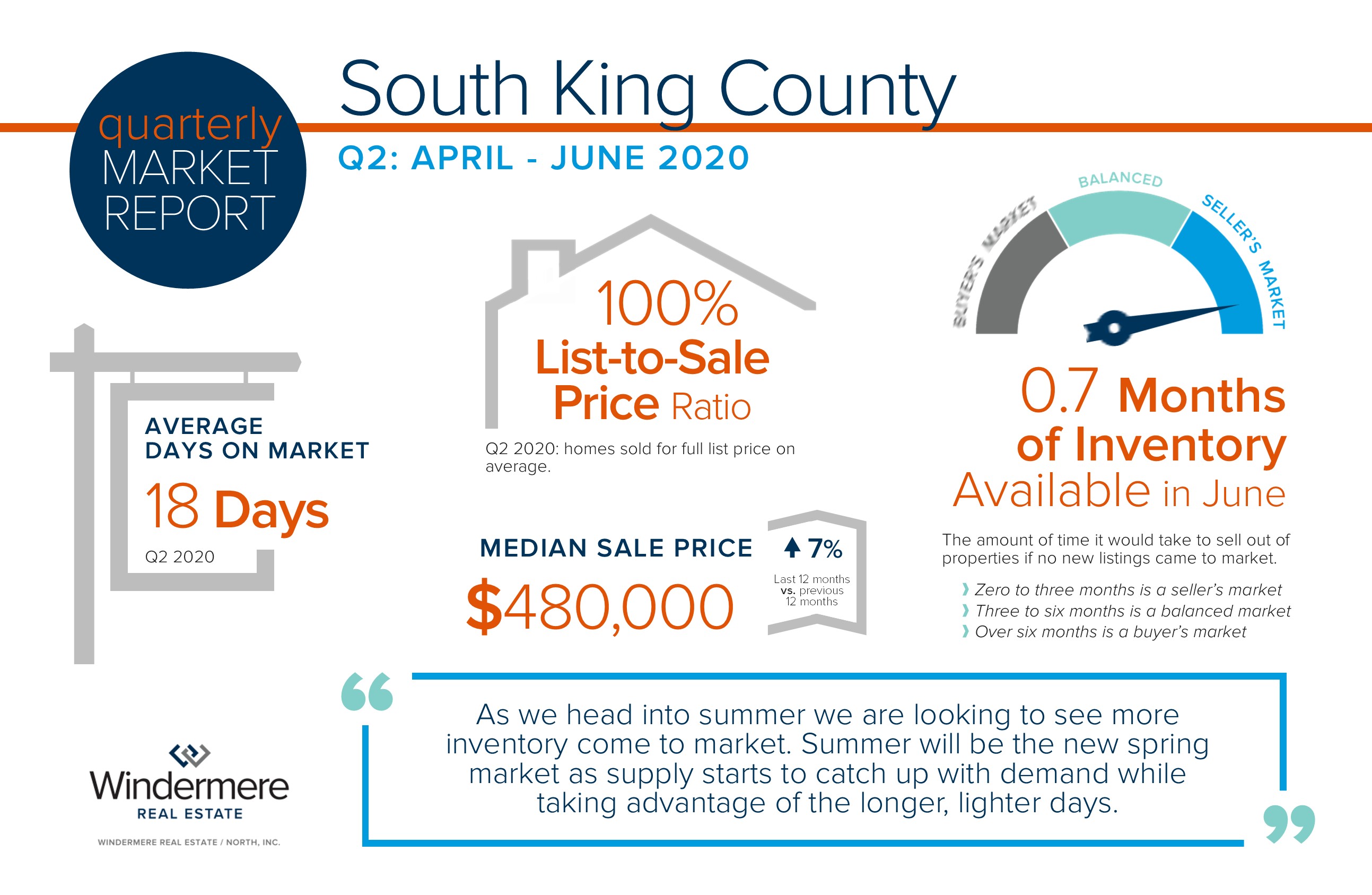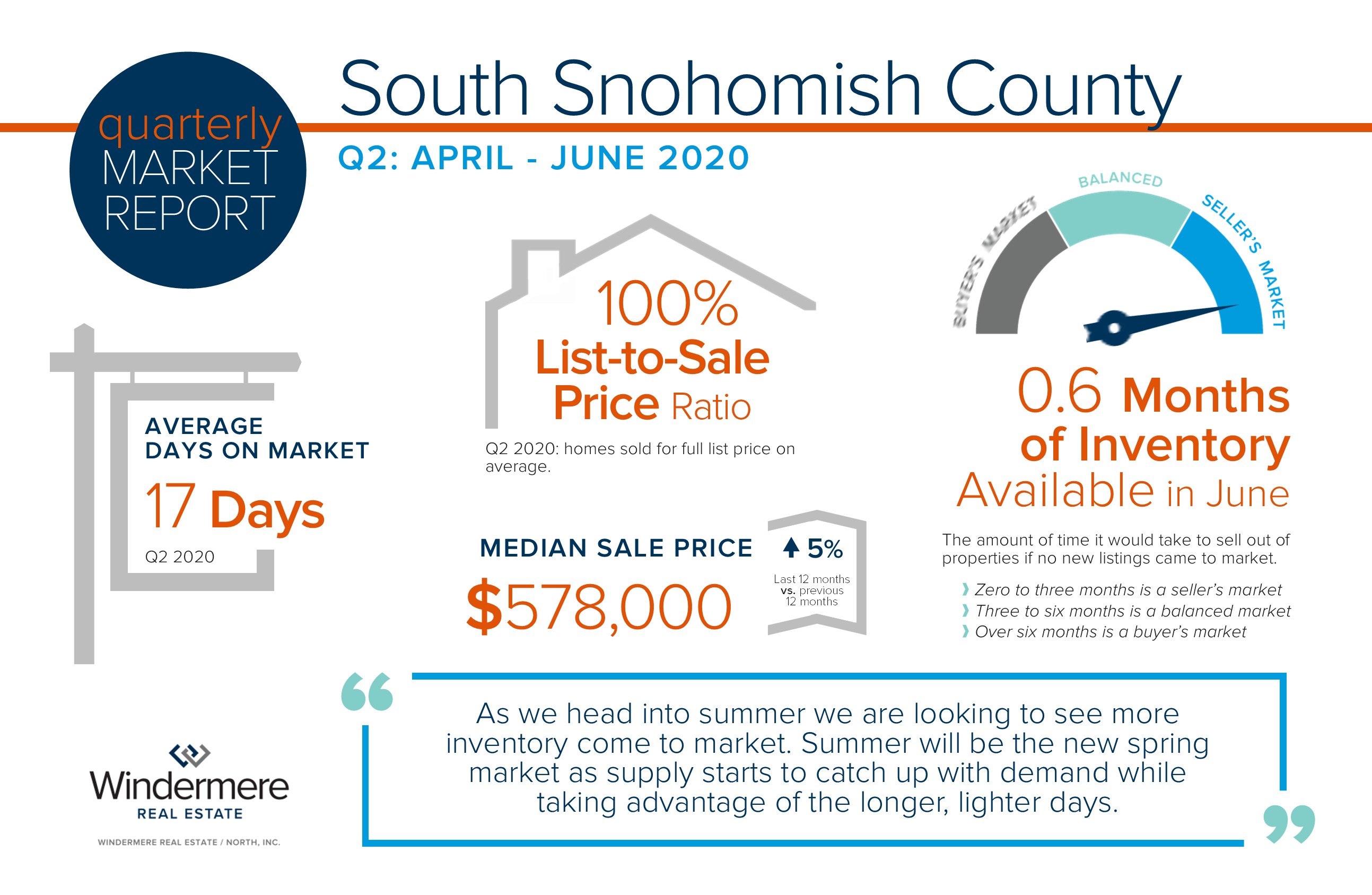Here we are again, with a new school year right around the corner. We all know that this year won’t be anything like what we’re used to, or what we hoped for… those fresh supplies, cute outfits, and all the “first day of school” pictures spamming our Facebook feed. Your family might be mourning what should have been, or you might be stressed just thinking about how you’re ever going to manage it all. Regardless of the initial opening decision your school has made, or what you have decided is best for your family, there is a lot of uncertainty ahead of us this fall and winter.
Below are a collection of tips and strategies I’ve put together for making the most (or maybe just surviving) this coming school year. It won’t look like a “normal” fall, but maybe we can still make it a good one.
- Plan a daily routine
Take the time before the year begins to plan out a daily schedule and family routine. It is tempting to let everyone sleep in as much as possible and log into their Zoom sessions from bed, but it won’t be the best scenario for truly learning or engaging. Having structure and goals to work towards will set up your students for success and give them a sense of security and predictability.
- Verify Materials
Make sure you have everything your kids will need to be successful. Your supply list this year might be fewer pens and markers and folders, and more along the lines of a PDF reader, note-taking apps, noise-canceling headphones, a stable WiFi connection, and pertinent account log-in information.
You might also think about purchasing some of those fresh, fun supplies, even if you won’t really need them. Maintaining a sense of normalcy will be important for everyone’s sanity. Some fun or pretty things for the kids to start the year with might go a long way for keeping their spirits up.
- Create a Learning Environment
Everyone knows the learning environment is important. A space too isolated could create opportunity to slack off. Sitting at the kitchen table might prove to be too distracting. Really think about what each person’s needs are and be prepared to move or switch things around if you find something isn’t working well.
When creating everyone’s work space, think about distractions, comfort, and access to power. Try to eliminate distractions as much as possible. Background noise or music can help with concentration. Help your child create a playlist of soothing music, or try an app like this one for productivity and focus.
- Plan Each Day
This is not the same as your family routine or school schedule. Help your student to make a plan for each day by taking a few minutes every morning to look at their schedule and assignments, and create a specific plan for that specific day. This will be especially helpful for older kids who might have lots of projects to juggle and independent work that can easily lead to feeling overwhelmed.
- Center the Child, Not the Work
This may not be for every household, as it’s definitely more of a parenting philosophy. Some families may find it much more important during this uncertain time to prioritize working hard, rather than getting good grades. If nothing else, keep in mind that we are in unprecedented times, and everyone deserves some grace as we move through this. Our children included.
- Encourage a Growth Mindset
A growth mindset doesn’t put the focus on what they’re learning in school, but rather how to think about what they’re learning. Developing a growth mindset will help your student reframe how they approach challenges in every aspect of their life. Kids with a growth mindset believe that their abilities, intelligence, and performance can improve over time. It’s the subtle difference between “I can’t do this homework. I don’t understand science.” and “I can’t do this homework yet. I don’t understand how to make sense of this problem.” Students with growth mindset see mistakes as ways to learn and will persist in the face of setbacks. We all need more of this, pandemic or not.
- Mask Prep
Even if your school is 100% remote learning for the beginning of the year, we should be preparing our kids now for the possibility of a hybrid learning model that will hopefully come later in the school year. Most of us are familiar by now with wearing masks to the grocery store or in the park, but those situations are not the same as wearing a mask for 7 hours straight during a school day. Start preparing your student now for extended mask wearing.
- Make sure you have several masks that properly fit your child.
- Practice is key. Don’t expect perfection at first, especially with younger kids. Just know that the more they wear masks, the more comfortable they will feel. Practicing at home gives them a safe space to take it off when they need a break.
- Build endurance. Start small, the way you would with any new habit. Have them wear the mask for small increments of time, and gradually build up.
- Make it fun. Do fun activities while they have it on. Let them pick out the colors or the fabric, or buy plain ones along with fabric paint and let them design their own. Disposable masks can be personalized with stickers around the edges. Help them enjoy wearing the mask by letting it reflect their personality.
- Explain the “why”. Children need to know why they have to wear the mask. Talk to them about germs and how the mask helps to prevent spreading sickness. Have lots of conversations with your teens and middle-school kids so they are armed with facts and information in case they experience peer pressure to stop wearing it.
- Model what you want your kids to imitate. When you are asking your child to wear a mask, you should wear it along with them, even around the home when they are practicing.
- Exercise Daily
This might get difficult when the winter weather sets in, but it is so important that we are all exercising every day. Even just a 30 minute walk does wonders for our bodies and our minds. Physical activity will make your student feel better, function better, learn better, and sleep better. It will reduce anxiety and improve overall health. Make this one a priority!
 Facebook
Facebook
 X
X
 Pinterest
Pinterest
 Copy Link
Copy Link

























